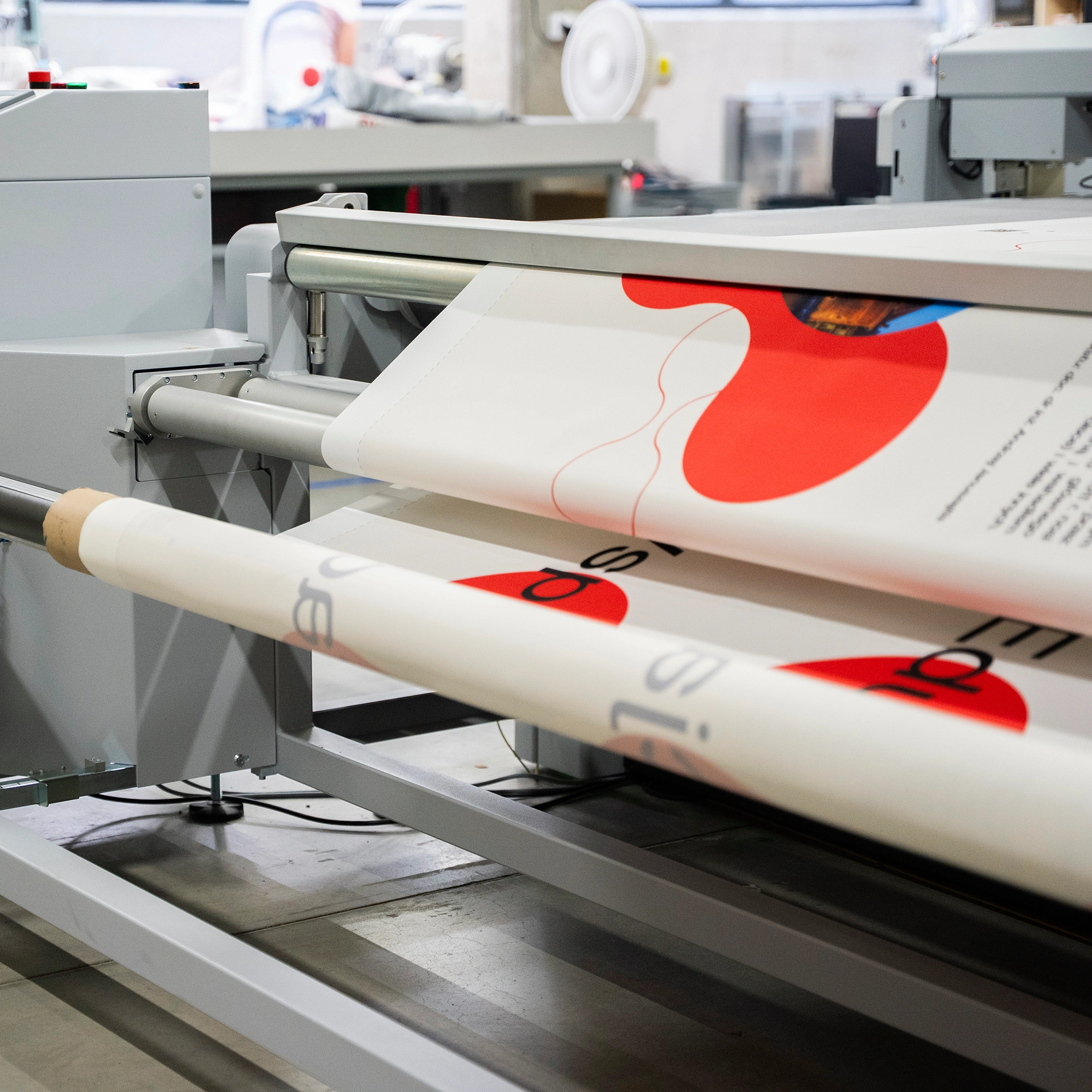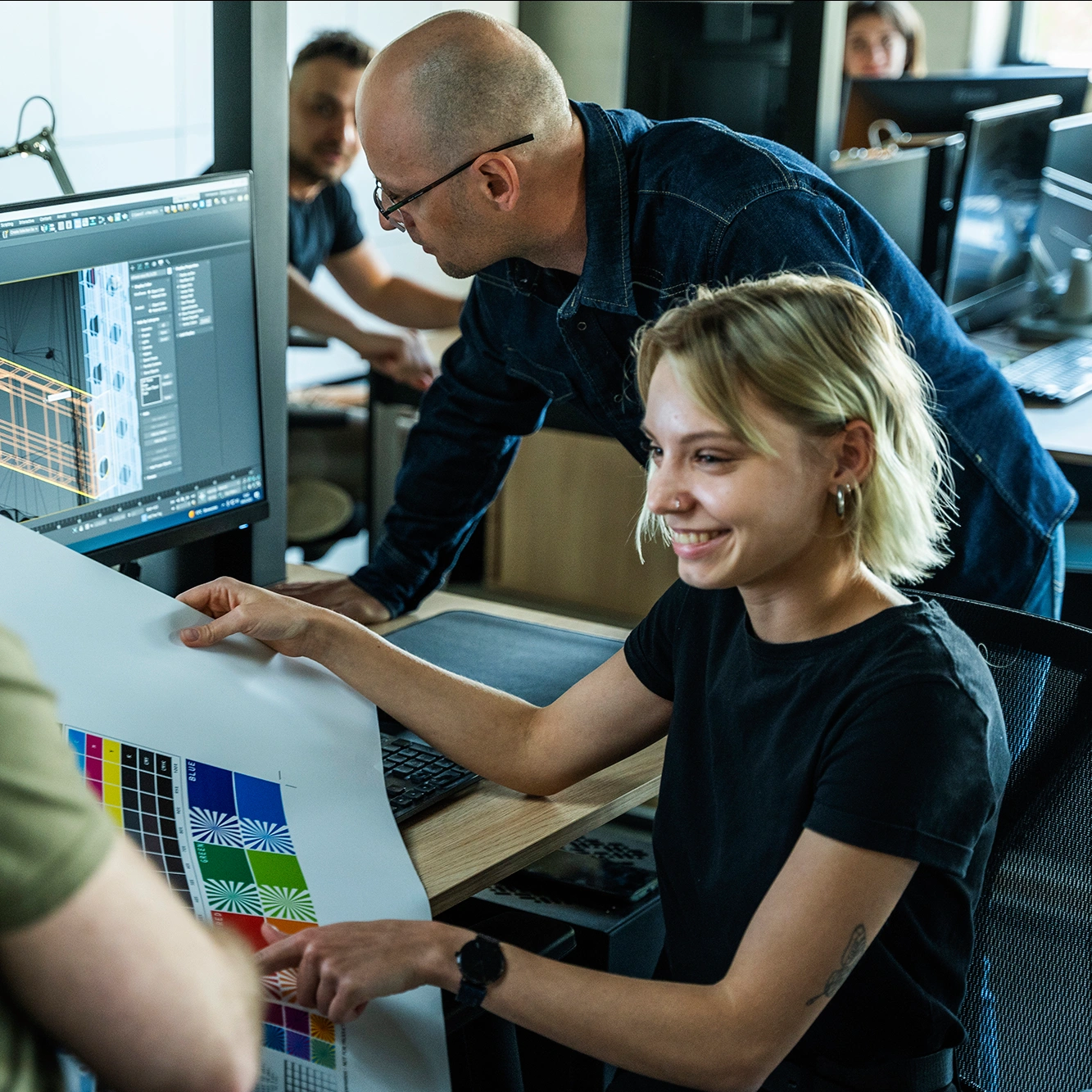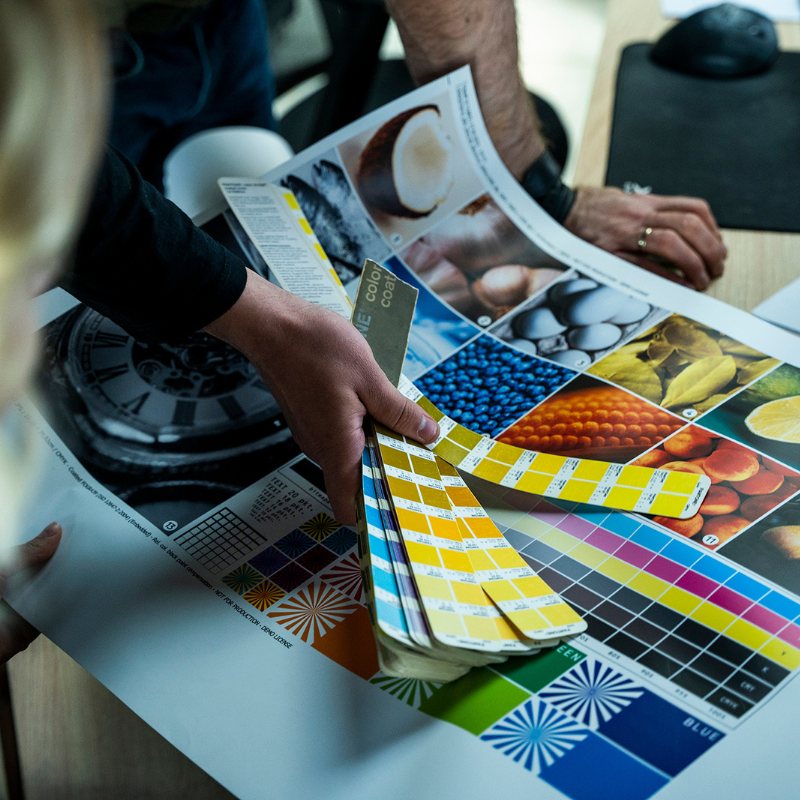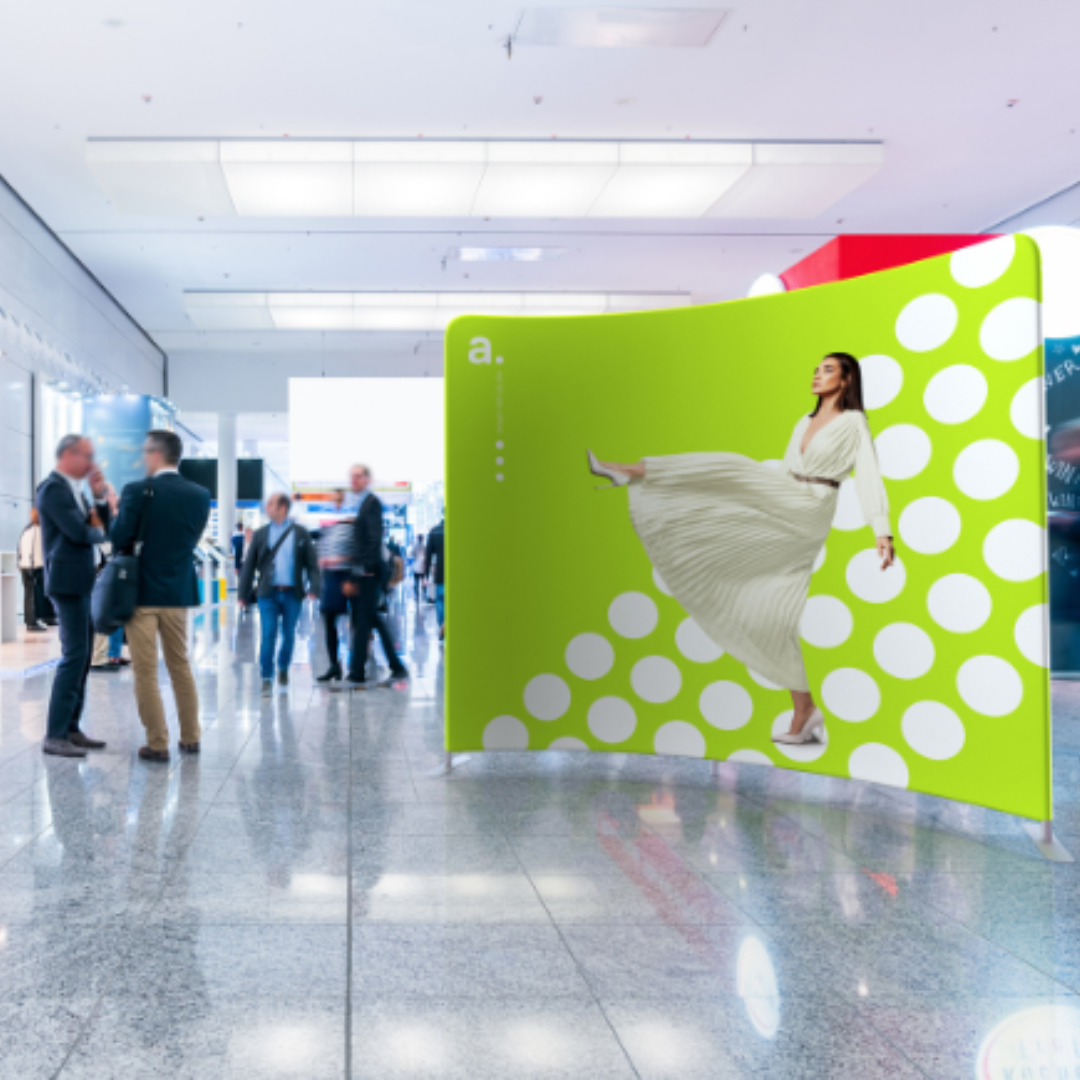Sublimation printing: how to achieve high-quality graphics on fabric


Intense colors, sharp details, and resistance to wear – these are the qualities that determine the appeal of advertising materials. How to achieve this effect on textile fabrics? Sublimation is a proven technique that ensures the highest print quality.
What is sublimation printing?
Sublimation printing is an advanced technique that utilizes the phenomenon of sublimation – the transformation of dye from a solid state into gas under high temperature. This process allows for a permanent transfer of graphics onto textile fabric. It is carried out using specialized sublimation inks and a calender, which heats the ink to approximately 200°C. At this point, the dye penetrates the fabric's structure, creating a durable, abrasion-resistant print.
Sublimation enables the reproduction of even the finest details of a graphic design, from complex gradients to very small elements. That’s why it is commonly used in the exhibition industry. Additionally, sublimation is an eco-friendly technique – the dyes and inks used are water-based rather than solvent-based.
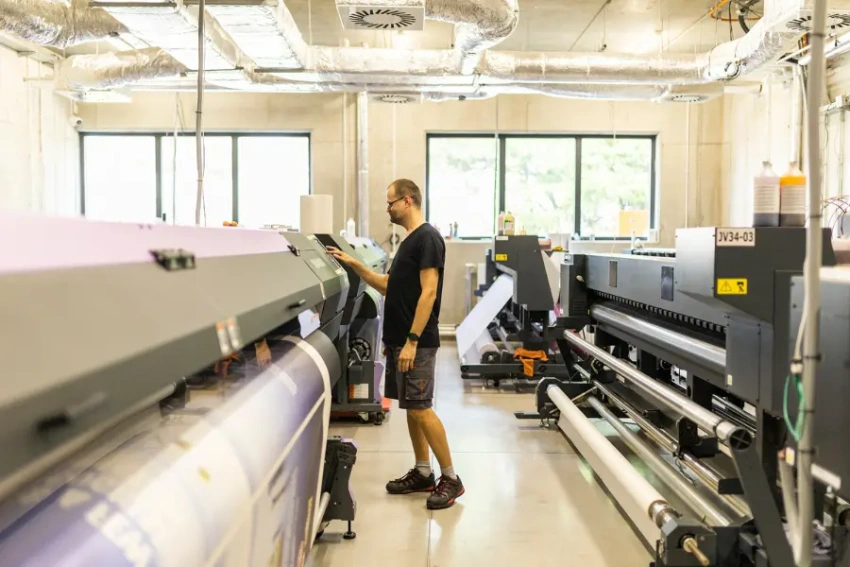
Sublimation printing step by step
From preparing the graphic design to transferring it onto the target material, sublimation requires precision and the use of appropriate equipment.
How does the sublimation process work?
Graphic preparation: The design must be adapted to technical requirements. It’s essential to properly calibrate colors and prepare the graphic considering the dimensions and specific characteristics of the material.
Printing on transfer paper: Specialized sublimation ink is applied to heat-resistant paper, which serves as an intermediary.
Transferring the graphic to the target material: The transfer paper and target material pass through a calender – a device that uses high temperature and pressure to ensure precise dye transfer. This process allows the dye to penetrate deeply into the fabric's structure.
Quality control: The finished product is thoroughly inspected to ensure the print matches the design and meets all requirements.
The process concludes with packaging and preparing the materials for shipment.
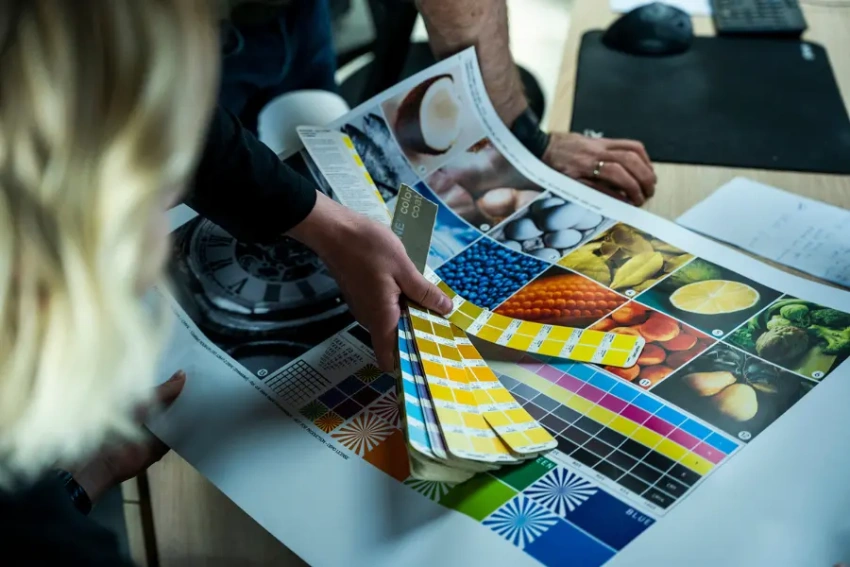
Challenges and solutions in sublimation printing for large surfaces
Sublimation printing on large surfaces, such as large textile walls or advertising lightboxes, presents several technological and production challenges. One of the most important is maintaining color consistency across a large area, especially for projects with uniform backgrounds or those requiring precise gradient reproduction.
Another challenge is managing material deformation during the thermal process. The high temperature used in sublimation can cause the fabric to stretch or shrink, potentially affecting the quality of the graphics. That’s why at adsystem, we use materials with high thermal resistance and technologies that eliminate the risk of distortion, ensuring perfect results.
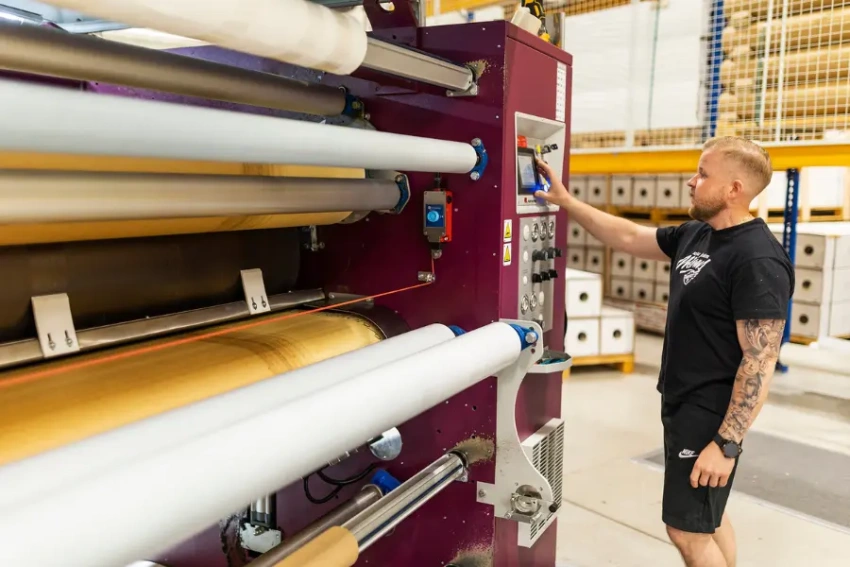
Advantages of sublimation printing
Why do we choose sublimation? It’s a method that guarantees excellent visual effects, durability, and functionality of the finished products.
Intense and durable colors
The dyes used in sublimation printing penetrate directly into the material’s structure, making them resistant to fading and abrasion.
Precise detail reproduction
Sublimation technology allows for the faithful reproduction of even the most complex graphic designs, including delicate gradients and small elements.
Eco-friendly process
Sublimation printing does not require harmful chemicals or solvents, making it an environmentally friendly choice.
Resistance to abrasion and damage
Prints made using sublimation are durable – you don’t have to worry about graphics fading, chipping, or wearing off after a few months. It’s an excellent solution for materials used intensively.
